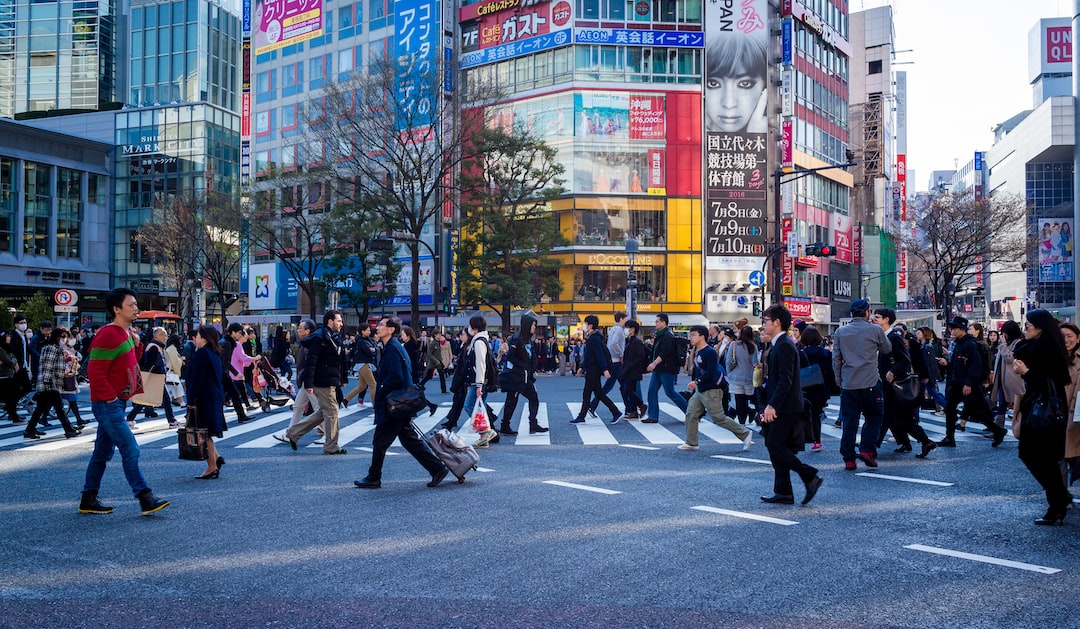Table of Contents
The Benefits of Urban Mobility for City Dwellers
The rapid growth of urban populations over the past few decades has created an unprecedented demand for efficient, cost-effective transportation options. Urban mobility, which is the ability to move freely and quickly in a city, is critical for city dwellers to access the full range of opportunities and services available in their city. Urban mobility also helps alleviate traffic congestion, reduce air pollution, and create more livable, equitable cities. This article will explore the various benefits of urban mobility for city dwellers.
Increased Accessibility
One of the most important benefits of urban mobility is increased accessibility. With modern transportation options such as buses, trains, and ride-sharing services, city dwellers are able to get to their destination quickly and conveniently. This increased accessibility makes it easier for people to access employment opportunities, healthcare services, educational institutions, and other important services. Furthermore, these transportation options are often more affordable than using a personal vehicle, which helps to reduce transportation-related costs for city dwellers.
By improving accessibility, urban mobility also helps to reduce social and economic inequality. People living in low-income neighborhoods often lack access to transportation options, which limits their ability to access essential services and employment opportunities. Improved urban mobility helps to bridge the gap in transportation access and facilitates greater economic opportunity for all city dwellers.
Reduced Traffic Congestion
Urban mobility also helps to reduce traffic congestion in cities. As more people switch to public transportation and ride-sharing services, there is less demand for personal vehicles. This means fewer vehicles on the road and less congestion at peak times. This, in turn, helps to reduce air pollution, which is especially beneficial for cities with high levels of air pollution.
Reduced traffic congestion also helps to make cities more livable and enjoyable. With fewer vehicles on the road, city dwellers can enjoy a more relaxed lifestyle and have greater freedom to explore their city without having to worry about traffic jams or long commutes.
Improved Air Quality
Urban mobility also helps to improve air quality in cities. As more people switch to public transportation and ride-sharing services, there is less demand for personal vehicles. This means fewer vehicles on the road and fewer emissions, which helps to reduce air pollution. Improved air quality not only makes cities more livable, but it also helps to reduce the health risks associated with living in a polluted environment.
Furthermore, improved air quality helps to reduce the impact of global climate change. By reducing emissions, cities can help to reduce their greenhouse gas emissions and contribute to a more sustainable future.
Reduced Commute Times
Urban mobility also helps to reduce commute times for city dwellers. With modern transportation options, city dwellers can get to their destination quickly and conveniently. This helps to reduce stress and frustration, as well as improve overall quality of life for city dwellers.
Furthermore, reduced commute times can help to save money. By spending less time commuting, city dwellers can make better use of their time, which can help to reduce their overall cost of living.
Improved Safety
Urban mobility also helps to improve safety for city dwellers. With modern transportation options, city dwellers can get to their destination quickly and safely. This helps to reduce the risk of accidents and crime, which can be especially beneficial for people living in high-crime areas.
Furthermore, improved safety helps to create a more welcoming environment for city dwellers. With fewer risks, people can feel more comfortable exploring their city and taking advantage of the various opportunities and services available to them.
Better Quality of Life
Urban mobility also helps to improve the overall quality of life for city dwellers. With improved accessibility, reduced traffic congestion, improved air quality, reduced commute times, and improved safety, city dwellers can enjoy a more relaxed lifestyle and greater freedom to explore their city.
Furthermore, improved urban mobility can help to create more equitable cities. By reducing transportation-related costs, urban mobility helps to reduce inequality and create a more inclusive and welcoming environment for all city dwellers.
Reduced Carbon Footprint
Urban mobility also helps to reduce the carbon footprint of cities. By reducing the demand for personal vehicles, urban mobility helps to reduce emissions, which helps to reduce the impact of global climate change.
Furthermore, improved urban mobility can help to create more sustainable cities. By reducing emissions and traffic congestion, cities can create a more livable, equitable, and sustainable environment for future generations.
Increased Economic Opportunity
Urban mobility also helps to create more economic opportunities for city dwellers. With improved accessibility, city dwellers have greater access to employment opportunities, educational institutions, and other important services. This, in turn, helps to reduce poverty and create more equitable cities.
Furthermore, improved urban mobility helps to create more livable, walkable cities. With fewer vehicles on the road, city dwellers can enjoy a more relaxed lifestyle and have greater freedom to explore their city without having to worry about traffic jams or long commutes.
Increased Mobility for Disabled People
Urban mobility also helps to improve mobility for disabled people. With improved accessibility, disabled people are able to get to their destination quickly and conveniently, which helps to reduce their dependence on others for transportation. This, in turn, helps to create a more inclusive and welcoming environment for disabled people.
Furthermore, improved urban mobility helps to create more equitable cities. By reducing transportation-related costs for disabled people, urban mobility helps to reduce inequality and create a more inclusive and welcoming environment for all city dwellers.
Reduced Impact on the Natural Environment
Urban mobility also helps to reduce the impact of cities on the natural environment. By reducing emissions and traffic congestion, cities can create a more sustainable environment for future generations. Improved urban mobility also helps to reduce the demand for personal vehicles, which helps to reduce the impact of vehicle manufacturing on the natural environment.
Furthermore, improved urban mobility helps to reduce the demand for land. By reducing the need for roads and parking lots, cities can create more livable, walkable cities and preserve more land for parks and open spaces.
Increased Tourism Revenue
Finally, urban mobility can help to increase tourism revenue for cities. By reducing traffic congestion, improving air quality, and creating more livable, walkable cities, cities can attract more visitors and generate more tourism revenue.
Improved urban mobility also helps to create more equitable cities. By reducing transportation-related costs for tourists, urban mobility helps to reduce inequality and create a more inclusive and welcoming environment for all city dwellers.
Conclusion
Urban mobility is critical for city dwellers to access the full range of opportunities and services available in their city. Urban mobility also helps to reduce traffic congestion, improve air quality, reduce commute times, and create more livable, equitable cities. Furthermore, urban mobility helps to reduce the impact of cities on the natural environment and generate more tourism revenue. These are just some of the many benefits of urban mobility for city dwellers.












